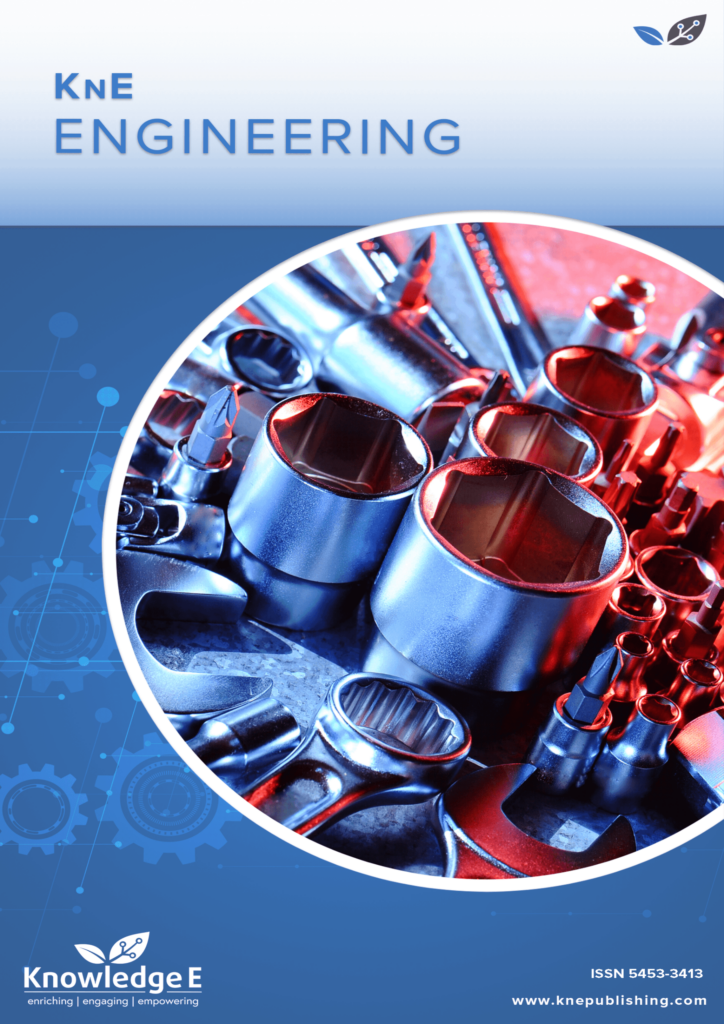
KnE Engineering
ISSN: 2518-6841
The latest conference proceedings on all fields of engineering.
Microstructure Features of Ternary Alkali-activated Binder Based on Tungsten Mining Waste, Slag and Metakaolin
Published date:Apr 13 2020
Journal Title: KnE Engineering
Issue title: REMINE International Conference on Valorization of Mining and Industrial Wastes into Construction Materials By Alkali-activation
Pages:195–206
Authors:
Abstract:
This study determines the effect of ground granulated blast furnace slag (GGBFS) and metakaolin (MK) on the microstructural properties of the tungsten mining waste-based alkali-activated binder (TMWM). During this investigation, TMWM was partially replaced with 10 wt.% GGBFS and 10 wt.% MK to improve the microstructure of the binder. In order to understand the effect of the substitutions on the microstructure, two pastes were produced to make a comparative study between the sample contain 100% TMWM and the ternary precursors. Both precursors were activated using a combination of alkaline activator solutions (sodium silicate and sodium hydroxide) with the ratio of 1:3 (66.6 wt.% sodium silicate combined with 33.33 wt.% of NaOH 8M). The alkali-activated mixes were cured in oven at temperature of 60 °C in the first day and at room temperature for the next 27 days. The reaction products N-A-S-H gel and (N,M)-A-S-H gel resulted from the alkaline activation reaction process. In addition, a formation of natrite (Na2CO3) with needles shape occurred as a reaction product of the fluorescence phenomena. However, a dense matrix resulted from the alkline activation of the ternary precursors containg different gels such as N-A-S-H, C-A-S-H and (N,M)-C-A-S-H gel, these results were obtained through SEM-EDS analyses, as well FTIR tests.
Keywords: Mining Waste, Alkali-activated, Microstructure, Slag, Metakaolin
References:
[1] Humbert P. S. and Castro-Gomes, J. (2019). CO2 activated steel slag-based materials: A review. J. Clean. Prod., vol. 208, pp. 448–457.
[2] Sedira, N., et al. (2017). A review on mineral waste for chemical-activated binders: mineralogical and chemical characteristics. Min. Sci., vol. 24, pp. 29–58.
[3] Pacheco-Torgal, F., Castro-Gomes, J. and Jalali, S. (2009). Tungsten mine waste geopolymeric binder: Preliminary hydration products investigations. Constr. Build. Mater., vol. 23, pp. 200–209.
[4] Sedira, N. and Castro-Gomes, J. (2018). Study of an alkali-activated binder based on tungsten mining mud and brick powder waste. 8th Sci. Conf. Mater. Probl. Civ. Eng., vol. 6002, pp. 1–8.
[5] Abdalqader, A., Jin, F. and Al-Tabbaa, A. (2015). Development of greener alkali-activated cement: Utilisation of sodium carbonate for activating slag and fly ash mixtures. J. Clean. Prod., vol. 113, pp. 66–75.
[6] Sedira, N. and Castro-Gomes, J. (2017). Effects of EAF-S on alkali-activation of tungsten mining waste: mechanical properties. in REMINE - International Conference & Brokerage Event (RICON17) - UBI, Covilha, Portugal, 2017, vol. 1003, pp. 1–6.
[7] Sedira, N. and Castro-Gomes, J. (2018). Strength and microstructure of tungsten mining waste-based hybrid alkaline material: effect of activators. in Proceedings of the 12th fib International PhD Symposium in Civil Engineering, 2018, pp. 145–152.
[8] Bignozzi, M. C., et al. (2013). Mix-design and characterization of alkali activated materials based on metakaolin and ladle slag. Appl. Clay Sci., vol. 73, issue 1, pp. 78–85.
[9] Kastiukas G. and Zhou, X. (2017). Effects of waste glass on alkali-activated tungsten mining waste: composition and mechanical properties. Mater. Struct. Constr., vol. 50.
[10] Zhang, Z., et al. (2014). Fly ash-based geopolymers: The relationship between composition, pore structure and efflorescence. Cem. Concr. Res., vol. 64, pp. 30–41.
[11] Puligilla S. and Mondal, P. (2013). Role of slag in microstructural development and hardening of fly ash-slag geopolymer. Cem. Concr. Res., vol. 43, issue 1, pp. 70–80.
[12] García-Lodeiro I. and Palomo, A. (2013). Variation in hybrid cements over time. Alkaline activation of fl y ash – portland cement blends. Cem. Concr. Res., vol. 52, pp. 112–122.
[13] García-Lodeiro, I., et al. (2010). Effect of Calcium Additions on N–A–S–H Cementitious Gels. Am. Ceram. Soc., vol. 1940, pp. 1934–1940.
[14] Sedira, N., Castro-Gomes, J. and Magrinho, M. (2018). Red clay brick and tungsten mining waste-based alkali-activated binder: Microstructural and mechanical properties. Constr. Build. Mater., vol. 190, pp. 1034–1048.
[15] Liu, J., et al. (2017). Blast furnace slag obtained from dry granulation method as a component in slag cement. Constr. Build. Mater., vol. 131, pp. 381–387.
[16] Reig, L.et al. (2016). Influence of calcium aluminate cement (CAC) on alkaline activation of red clay brick waste (RCBW). Cem. Concr. Compos., vol. 65, pp. 177–185.
[17] Sedira, N. and Castro-Gomes, J. (2010). Effect of activators on hybrid alkaline binder based on tungsten mining waste and ground granulated blast furnace slag. Constr. Build. Mater., vol. 232, p. 117176.
[18] García-Lodeiro, I., et al. (2008). FTIR study of the sol – gel synthesis of cementitious gels: C – S – H and N – A – S – H. J. Sol-Gel Sci. Technol., pp. 63–72.